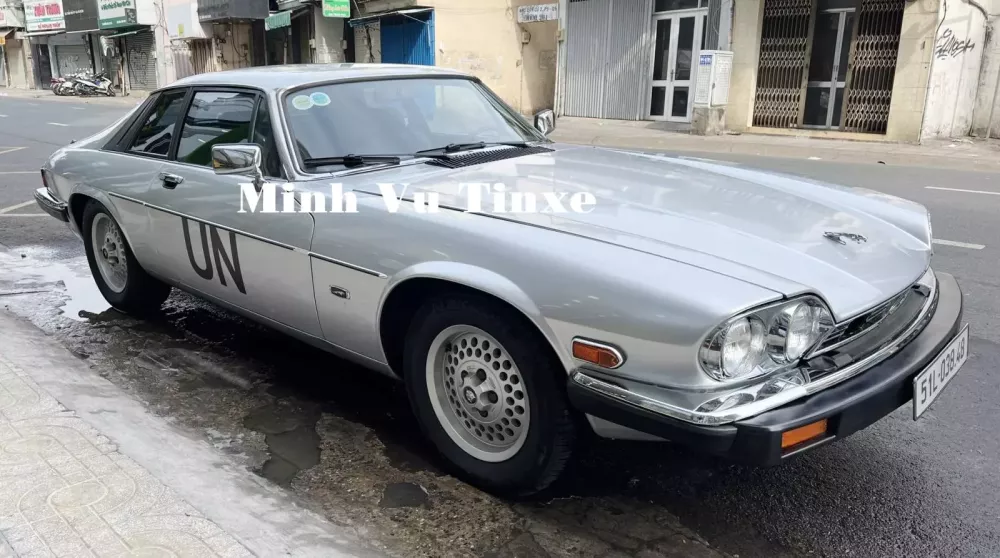Mr. Dang Le Nguyen Vu, the renowned Vietnamese businessman and car enthusiast, owns an impressive collection of sports cars, including various brands and models. Among his collection, one of the standout brands is Jaguar, often referred to as the “leopard-spotted” brand. The exact number of Jaguars in his possession is unknown, but it is believed to be at least five, with one new addition: a Jaguar XJS.
The Jaguar XJ-S, later known as the XJS, was produced from 1975 to 1996 and came in two main body styles: coupe and convertible. Over its 20-year production run, it went through three generations and achieved a global production total of 115,413 units. The XJ-S was initially developed using the platform of the contemporary XJ saloon, and it stood out for its prominent rear pillars.
The original design was partially the work of Jaguar’s aerodynamicist, Malcolm Sayer, one of the first to apply advanced aerodynamic principles to car design. However, Sayer passed away in 1970, before the design was finalized.
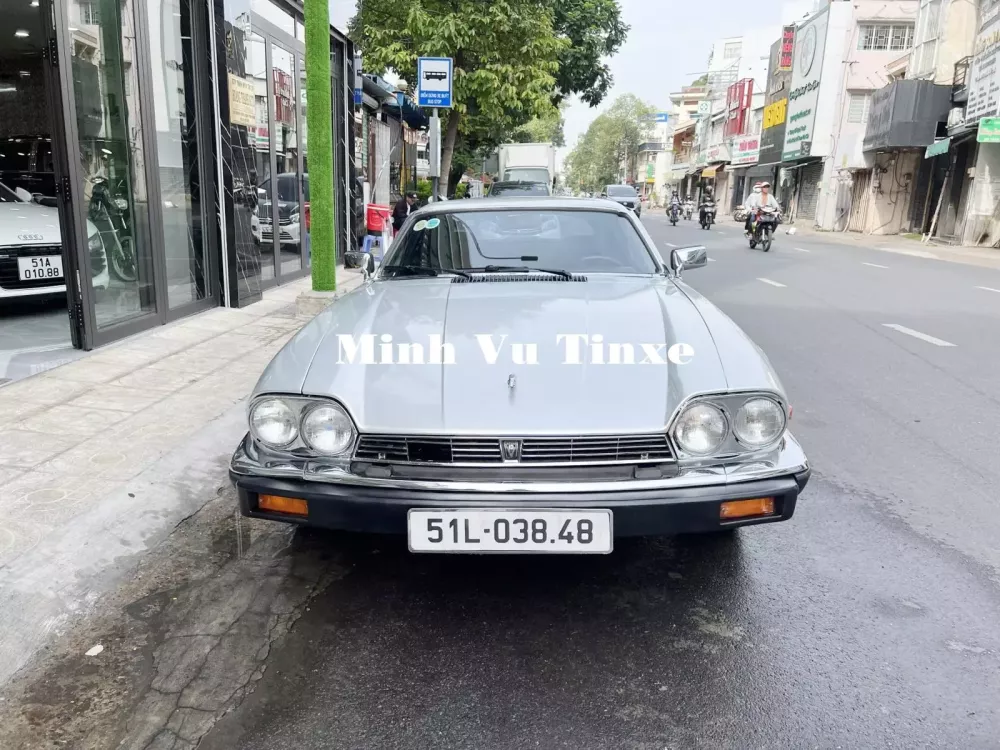
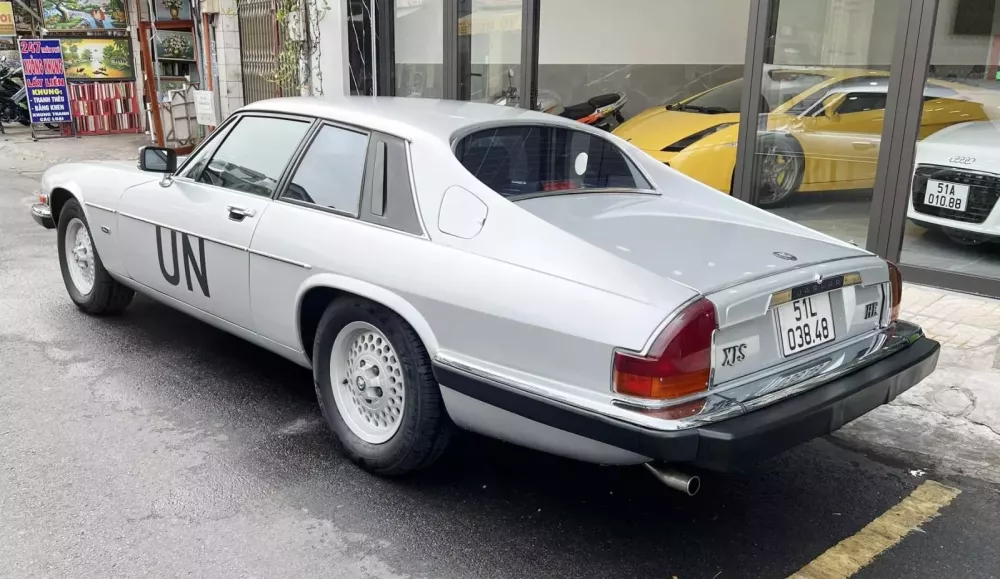
According to a classic car enthusiast, Mr. Vu acquired the Jaguar XJS over a month ago. At the time, the car had a four-digit license plate, but it has since been registered to Trung Nguyen with the new license plate 51L, featuring the memorable pair of numbers 38 and 48. In addition to this Jaguar, Mr. Vu’s garage, the largest car collection in Vietnam, also houses another rare two-door Jaguar.
Compared to when it first joined Mr. Vu’s collection, the exterior of the Jaguar XJS has been changed to a silver color, either through repainting or wrapping, from its previous gunmetal gray color. The rest of the car remains largely unchanged, except for the addition of “UN” stickers on the two doors, a distinctive mark of Mr. Vu’s cars.
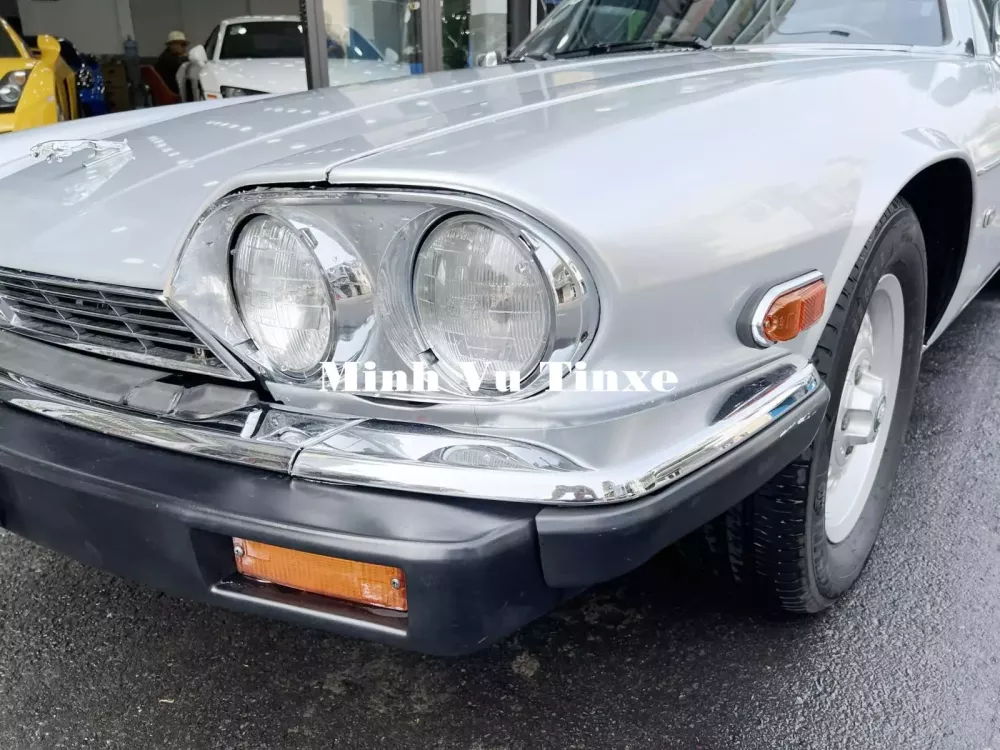
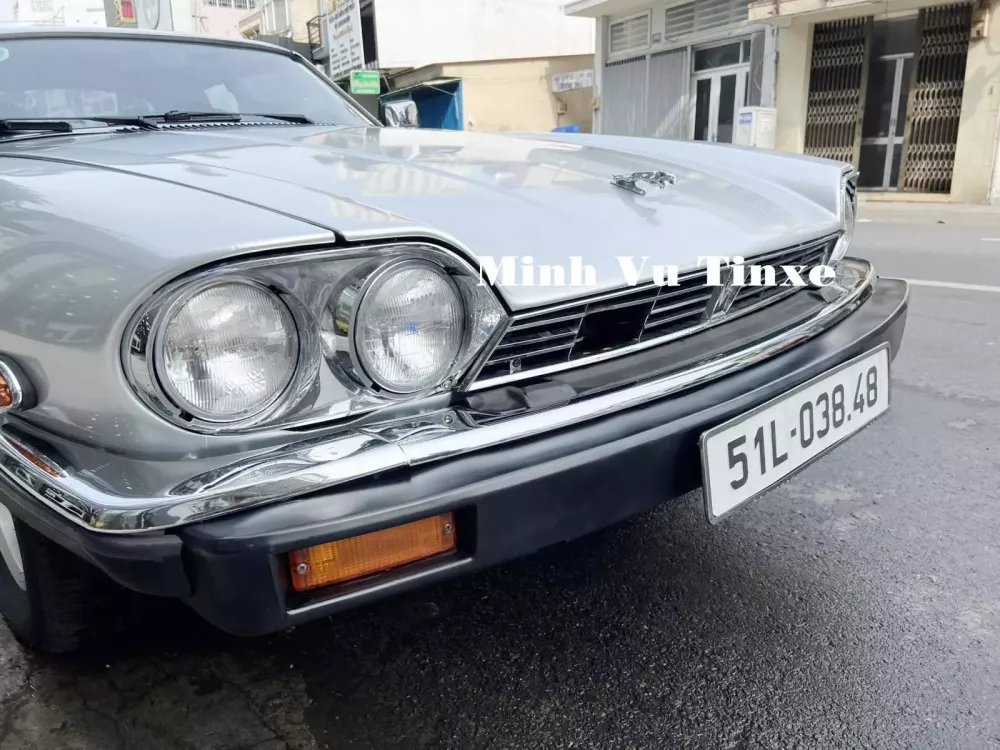
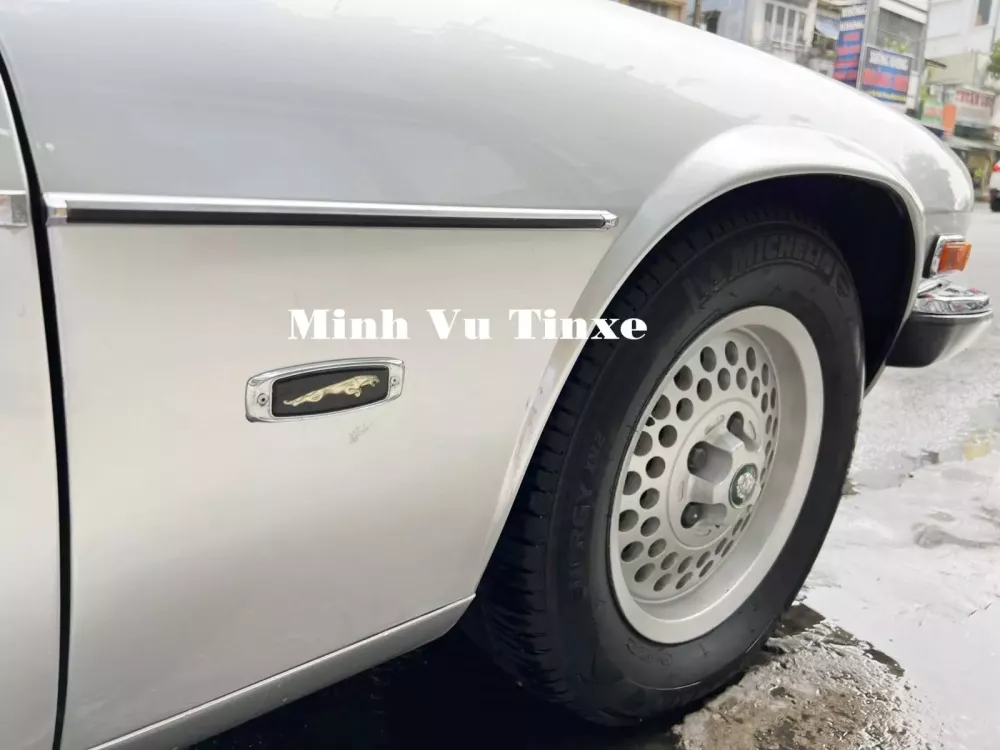
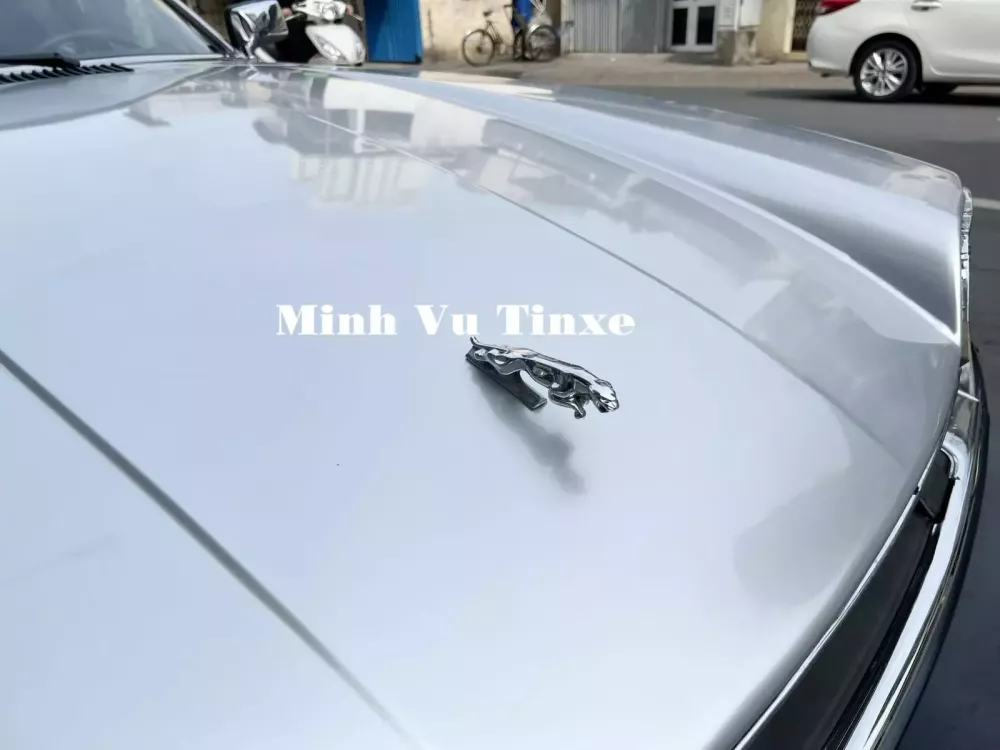
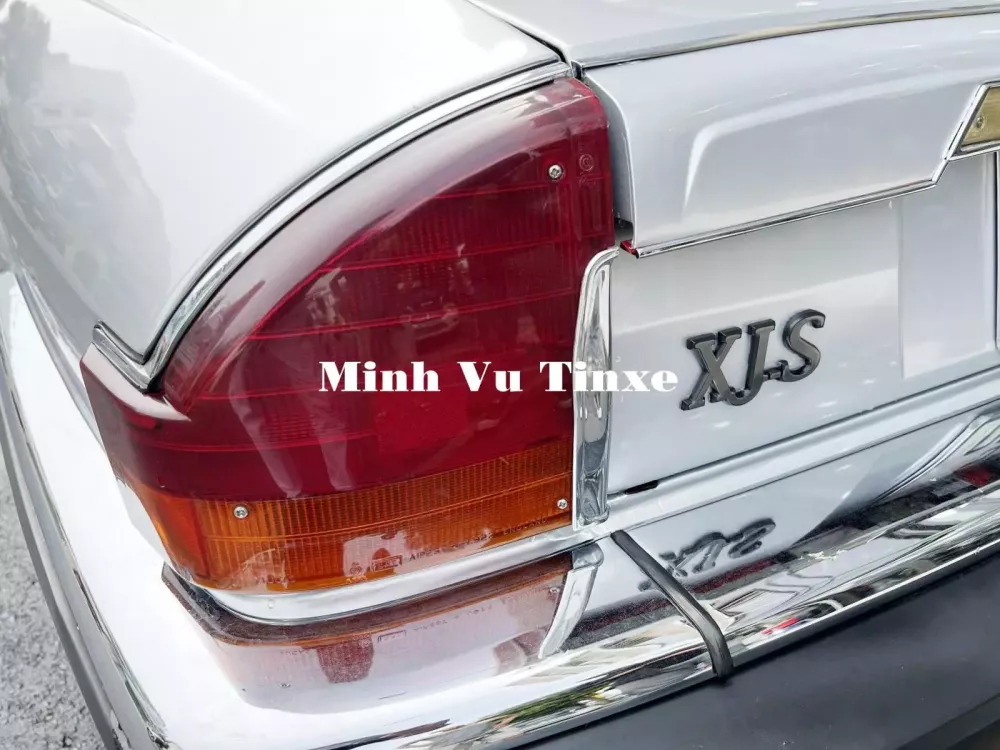
The Jaguar XJS, despite its two-door sports car design, has a sizable footprint comparable to modern-day D-segment sedans. Its long hood and the iconic leopard logo, which Jaguar has retained to this day, grace the front of the car.
The final iteration of the XJS was produced from 1991 to 1996, after Jaguar was acquired by Ford. During this period, several modifications were made, and the hyphen in the name was removed, resulting in the simplified name of XJS for this long-running Jaguar model.
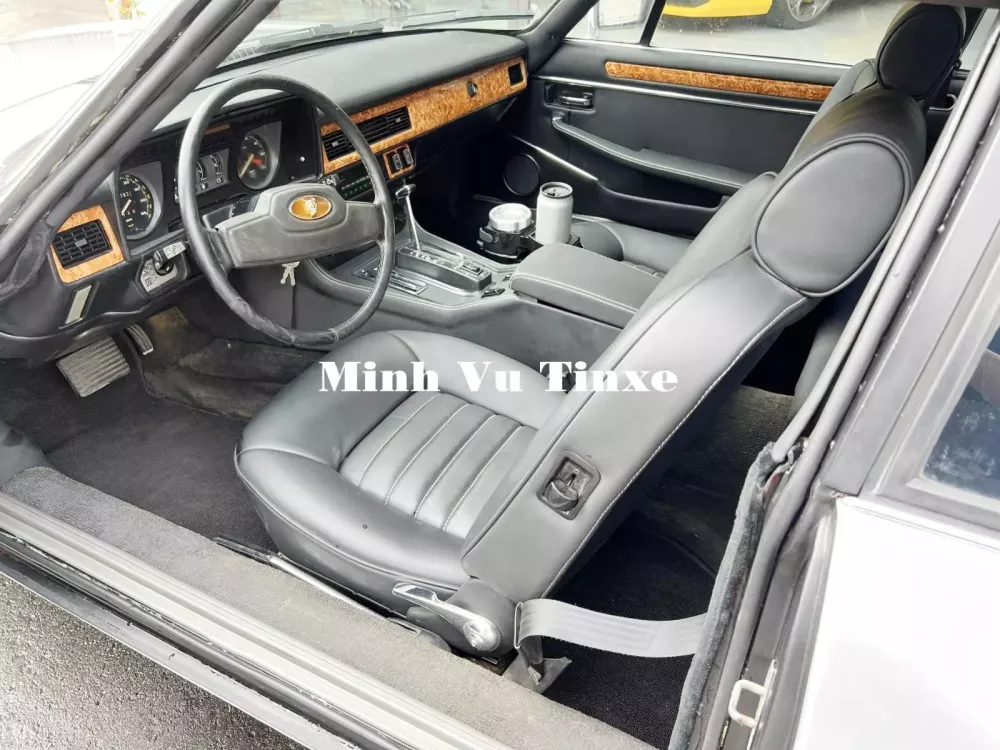
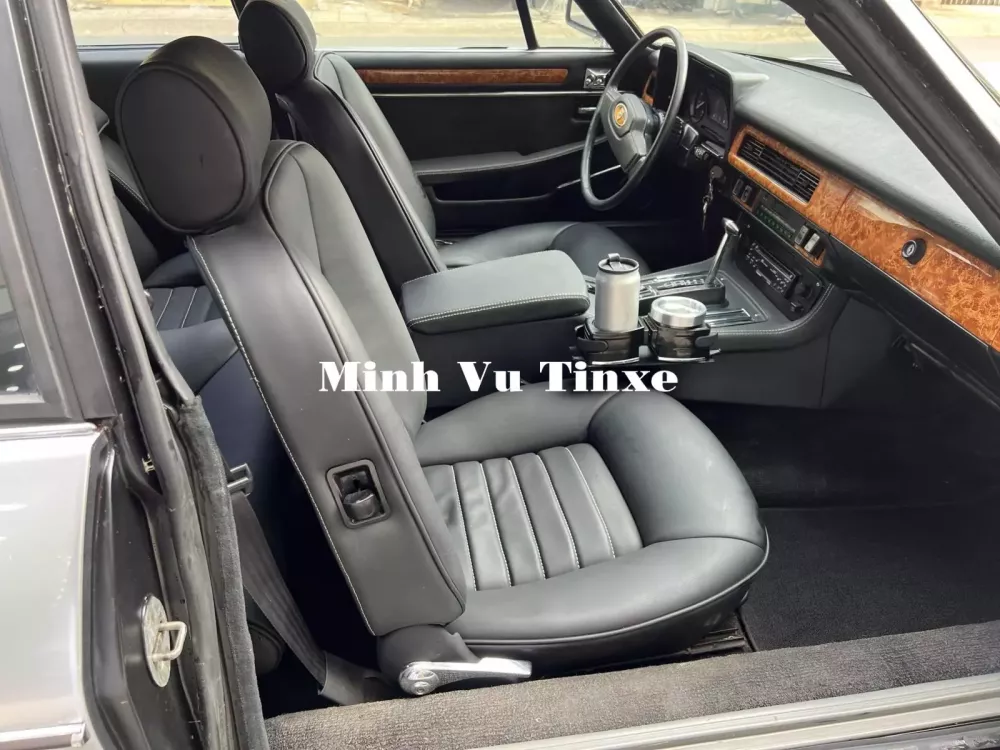

By removing the frames, the side windows appear larger, even though the glass aperture is identical to that of its predecessors. The windshield is fitted flat, while the pillars remain, minimized by the new side window surrounds. Designer Geoff Lawson noted that the pillars were a defining feature of the car’s character.
One of the most intriguing aspects of this particular Jaguar XJS is its engine: a Jaguar V12, paired with either a manual or automatic transmission. However, the manual option was soon discontinued as it was a leftover from the V12 E Type production.
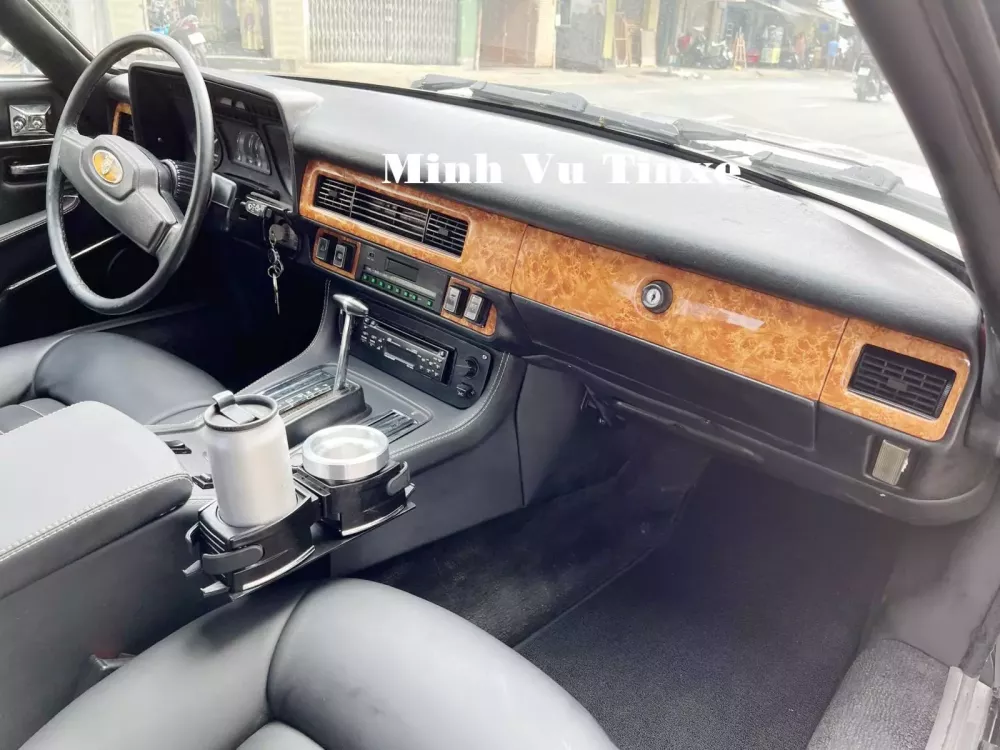

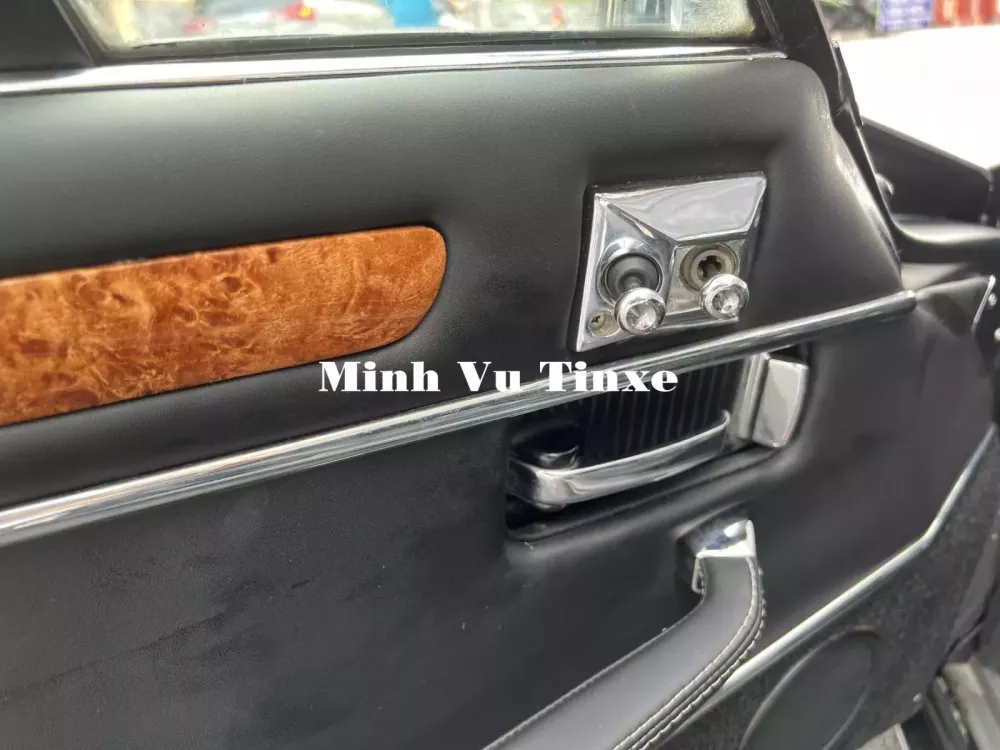
At the time, it was uncommon for mass-produced cars to be equipped with V12 engines. The XJS’s specifications, when compared to contemporary Lamborghini and Ferrari models, were even more impressive, with a 0-97 km/h acceleration time of 7.6 seconds (for the automatic version), a power output of 333 horsepower, and a top speed of 230 km/h.
In the final iteration of the XJS, the V12 engine was upgraded with a new fuel injection and ignition system, spark plugs, and a more efficient combustion chamber. For the European market, the power output increased from 269 to 276 horsepower with a catalytic converter. The XJS ended its production run in 1996, after 21 years, and was replaced by the XK8.





























